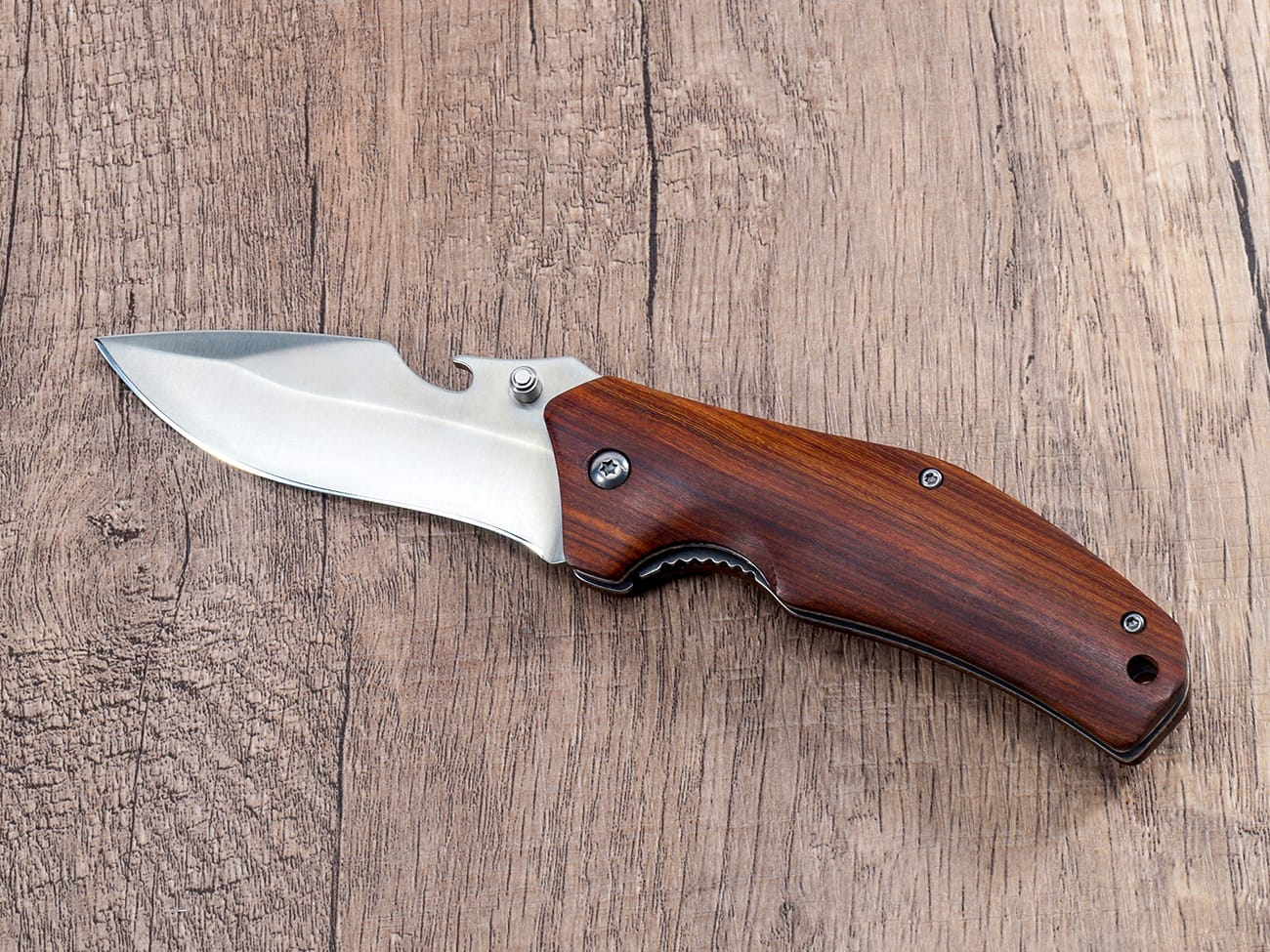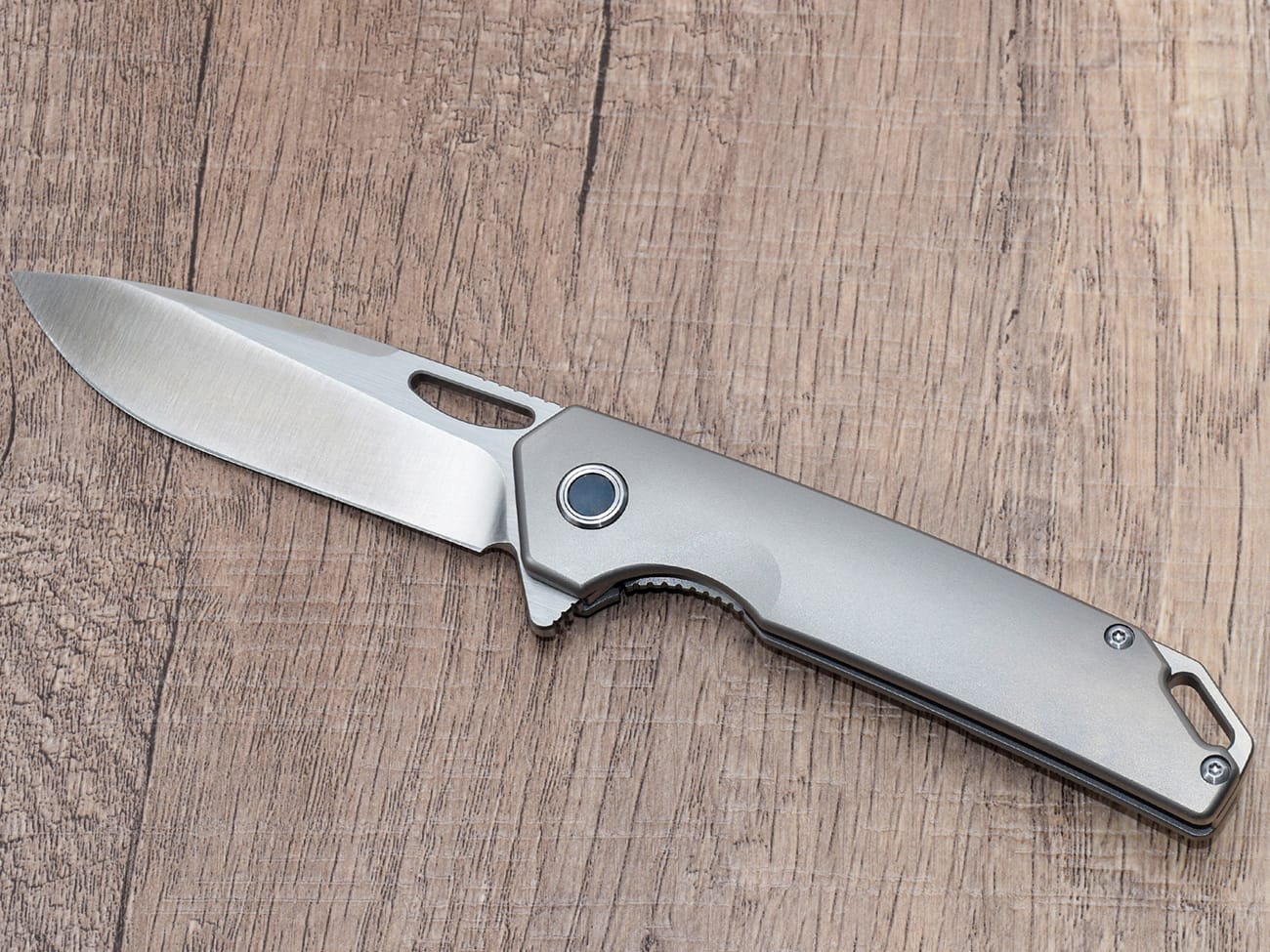Are you ready to become a plier pro? Whether you’re a DIY enthusiast, professional tradesperson, or just someone who likes to be prepared, understanding the different types of multi-purpose pliers is essential. In this comprehensive guide, we’ll explore the fascinating world of pliers and their uses, helping you choose the right tool for any job. Let’s dive in and discover why these versatile tools are a must-have in every toolbox!
Why Are Multi-Purpose Pliers So Important?
Multi-purpose pliers are the Swiss Army knives of the tool world. They combine gripping, cutting, and manipulating capabilities in one compact package, making them indispensable for a wide range of tasks. From simple household repairs to complex industrial applications, these handy tools can tackle it all. By understanding the different types of pliers available, you’ll be better equipped to handle any challenge that comes your way.
The Anatomy of Pliers: Understanding the Parts
Before we delve into the various types of pliers, let’s familiarize ourselves with the basic parts that make up these versatile tools:
- Jaws: The gripping surfaces at the front of the pliers
- Pivot: The point where the two halves of the pliers connect
- Handles: The part you hold onto while using the pliers
- Cutting edges: Found on some pliers for cutting wires or other materials
Understanding these components will help you better appreciate the unique features of each plier type we’ll discuss.
What Are the Most Common Types of Multi-Purpose Pliers?
Now, let’s explore the various types of pliers you’re likely to encounter:
1. Combination Pliers: The Jack-of-All-Trades
Combination pliers are perhaps the most versatile type of pliers available. As their name suggests, they combine multiple functions into one tool. These pliers typically feature:
- Serrated jaws for gripping
- A wire cutter near the pivot
- Flat surfaces for holding larger objects
Combination pliers are ideal for general-purpose use and are a staple in most toolboxes. They can handle tasks like gripping, twisting, and cutting wires, making them perfect for basic electrical work and general repairs.
2. Needle Nose Pliers: Precision at Your Fingertips
When it comes to working in tight spaces or with small objects, needle nose pliers are your best friend. These pliers feature:
- Long, tapered jaws
- A fine point for precise manipulation
- Often include wire cutters near the pivot
Needle nose pliers are commonly used in jewelry making, electronics repair, and fishing (for removing hooks). Their slim profile allows you to reach into confined areas where other pliers can’t go.
3. Slip Joint Pliers: Adjustable and Versatile
Slip joint pliers offer adjustability, allowing you to work with objects of different sizes. Key features include:
- An adjustable pivot that “slips” to different positions
- Serrated jaws for improved grip
- Sometimes include a wire cutter
These pliers are great for plumbing tasks, such as tightening or loosening nuts and bolts of various sizes. Their adjustable nature makes them a versatile addition to any toolkit.
4. Locking Pliers: The Ultimate Grip
Also known as vise-grips, locking pliers are designed to clamp onto objects with incredible force. They feature:
- A locking mechanism to hold them in place
- Adjustable jaw width
- Often include wire cutters
Locking pliers are invaluable for holding materials securely during welding, removing stubborn bolts, or clamping pieces together while glue dries. They provide a level of grip that other pliers can’t match.
5. Tongue-and-Groove Pliers: The Plumbing Pro’s Choice
Tongue-and-groove pliers, also called channel-lock or pump pliers, are designed for gripping larger objects. They offer:
- A wide jaw opening
- Multiple adjustment positions
- Long handles for increased leverage
These pliers are particularly useful for plumbing tasks, such as turning large nuts or gripping pipes. Their adjustable nature allows them to handle a wide range of object sizes.
6. Diagonal Cutting Pliers: The Wire Warrior
When it comes to cutting wires or small nails, diagonal cutting pliers (also known as side cutters or dikes) are the tool of choice. They feature:
- Angled cutting edges for flush cuts
- Strong jaws for cutting through tough materials
- Sometimes include gripping surfaces on the jaw faces
Electricians and electronics enthusiasts often reach for these pliers when trimming or cutting wires. Their angled design allows for clean, close cuts that other pliers can’t achieve.
7. Lineman’s Pliers: The Electrician’s Companion
Lineman’s pliers, also called side-cutting pliers, are a staple in every electrician’s toolkit. They offer:
- Strong jaws for twisting and gripping wires
- A wire cutter near the pivot
- Sometimes include a crimping tool
These pliers are designed for heavy-duty electrical work, including cutting, bending, and twisting wires. Their robust construction makes them suitable for demanding tasks.
8. Water Pump Pliers: The Adjustable Powerhouse
Water pump pliers, also known as Channellock pliers (after a popular brand), are similar to tongue-and-groove pliers but offer even more adjustability. They feature:
- A wide range of jaw positions
- Long handles for increased leverage
- Serrated jaws for improved grip
These pliers are excellent for plumbing tasks, particularly when dealing with large nuts or fittings. Their extreme adjustability makes them versatile enough to handle a wide variety of object sizes.
9. Flat Nose Pliers: The Detail Master
Flat nose pliers, sometimes called duckbill pliers, have wide, flat jaws that are perfect for working with thin materials. They offer:
- Wide, flat gripping surfaces
- Sometimes include serrations for improved grip
- Ideal for bending and shaping metal
These pliers are commonly used in jewelry making, crafting, and electronics work where precision bending or flattening is required.
10. Bent Nose Pliers: The Angle Expert
Bent nose pliers feature jaws that are angled relative to the handles, typically at 45 or 90 degrees. They provide:
- Access to hard-to-reach areas
- Improved visibility when working
- Often include wire cutting capabilities
These pliers are particularly useful for working in confined spaces or around obstacles. They’re popular among electricians and automotive technicians.

A comprehensive set of multi-purpose pliers can handle almost any task you throw at them.
How to Choose the Right Pliers for Your Needs
With so many types of pliers available, how do you choose the right ones for your toolkit? Consider the following factors:
- Intended use: What tasks will you primarily be using the pliers for?
- Comfort: Look for pliers with ergonomic handles that fit your hand well.
- Quality: Invest in high-quality tools that will last longer and perform better.
- Material: Consider the materials the pliers are made from, especially if you’ll be working with specific metals or in corrosive environments.
- Additional features: Some pliers come with extra features like wire strippers or crimpers that might be useful for your needs.
Caring for Your Pliers: Maintenance Tips
To ensure your pliers remain in top condition and serve you well for years to come, follow these maintenance tips:
- Clean your pliers after each use, especially if you’ve been working with corrosive materials.
- Apply a light coat of oil to prevent rust, particularly on the pivot point.
- Store your pliers in a dry place to prevent moisture damage.
- Regularly inspect your pliers for signs of wear or damage, and replace them if necessary.
Safety First: Using Pliers Responsibly
While pliers are incredibly useful tools, it’s important to use them safely. Here are some key safety tips:
- Always wear safety glasses when using pliers, especially when cutting wire.
- Use the correct type of pliers for the job to avoid damaging the tool or the workpiece.
- Never use pliers as a substitute for a hammer or wrench, as this can damage the tool and potentially cause injury.
- Keep your hands clear of the jaws when using pliers to avoid pinching.
- When cutting wire, position the pliers so that the cut end flies away from you.
The Versatility of Multi-Purpose Pliers in Various Industries
Multi-purpose pliers find applications across numerous industries, showcasing their incredible versatility:
- Electrical work: Electricians rely heavily on various types of pliers for cutting, stripping, and bending wires.
- Plumbing: Plumbers use tongue-and-groove and water pump pliers for gripping pipes and fittings.
- Automotive repair: Mechanics use a range of pliers for tasks like removing hose clamps and manipulating small parts.
- Jewelry making: Craft enthusiasts and jewelers use needle nose and flat nose pliers for intricate work with wire and small components.
- Construction: Various types of pliers are used in construction for tasks ranging from electrical work to general repairs.
- DIY and home improvement: Homeowners find multi-purpose pliers invaluable for a wide range of household repairs and projects.
Innovative Plier Designs: What’s New in the World of Pliers?
The world of pliers is constantly evolving, with manufacturers introducing innovative designs to meet new challenges. Some recent developments include:
- Ergonomic handles: Many modern pliers feature handles designed to reduce hand fatigue during extended use.
- Multi-tool pliers: Some designs incorporate additional tools like screwdrivers or knives into the plier handles.
- Specialized coatings: New coatings are being developed to improve grip and resist corrosion.
- Smart pliers: Some manufacturers are exploring the integration of electronic components for tasks like measuring wire gauge or electrical current.
Pliers and Their Uses: A Quick Reference Guide
To help you quickly identify the right pliers for your task, here’s a handy reference guide:
| Plier Type | Primary Uses |
|---|---|
| Combination Pliers | General gripping, wire cutting, light-duty work |
| Needle Nose Pliers | Precision work, reaching into tight spaces |
| Slip Joint Pliers | Adjustable gripping for various object sizes |
| Locking Pliers | Clamping, holding objects securely |
| Tongue-and-Groove Pliers | Gripping large objects, plumbing work |
| Diagonal Cutting Pliers | Cutting wires and small nails |
| Lineman’s Pliers | Heavy-duty electrical work |
| Water Pump Pliers | Highly adjustable gripping, plumbing tasks |
| Flat Nose Pliers | Bending and shaping thin materials |
| Bent Nose Pliers | Accessing hard-to-reach areas |
Conclusion: Embracing the Power of Multi-Purpose Pliers
Multi-purpose pliers are truly remarkable tools that have earned their place in toolboxes around the world. By understanding the different types of pliers and their uses, you can tackle a wide range of tasks with confidence and efficiency. Whether you’re a professional tradesperson or a DIY enthusiast, having the right pliers at your disposal can make all the difference in your projects.Remember, the key to getting the most out of your pliers is to choose the right type for the job, use them safely, and maintain them properly. With the knowledge you’ve gained from this guide, you’re well-equipped to make informed decisions about which pliers to add to your toolkit and how to use them effectively.So, the next time you’re faced with a challenging task, reach for your trusty pliers and put your newfound knowledge to work. Happy plier-ing!Key Takeaways:
- Multi-purpose pliers come in various types, each designed for specific tasks.
- Understanding the anatomy of pliers helps in choosing the right tool for the job.
- Safety and proper maintenance are crucial for getting the most out of your pliers.
- Pliers find applications across numerous industries, from electrical work to jewelry making.
- Innovative plier designs continue to evolve, offering new features and capabilities.
- Choosing the right pliers for your needs involves considering factors like intended use, comfort, and quality.
By mastering the art of using multi-purpose pliers, you’ll be well-prepared to tackle a wide range of projects and repairs with confidence and skill. So go ahead, grab that trusty pair of pliers and start exploring the endless possibilities these versatile tools offer!




